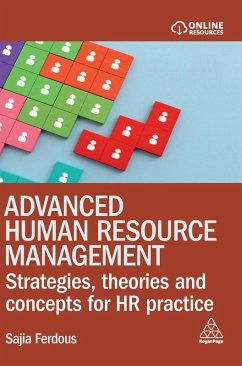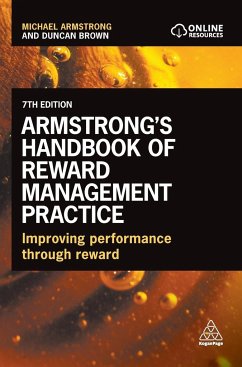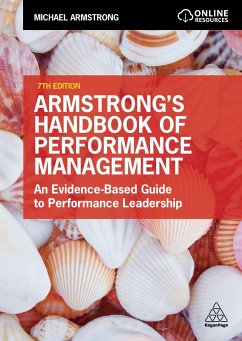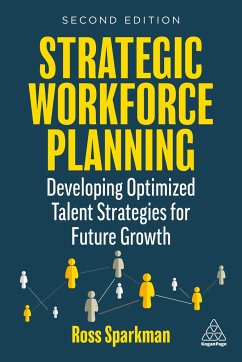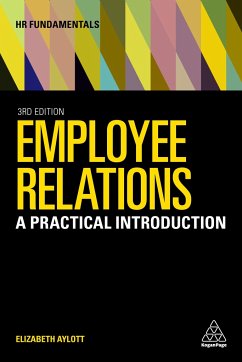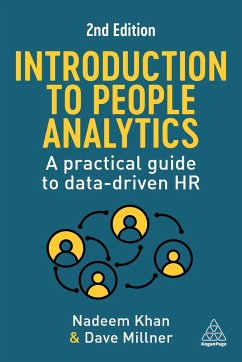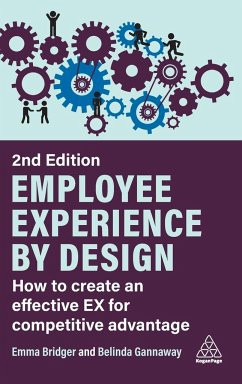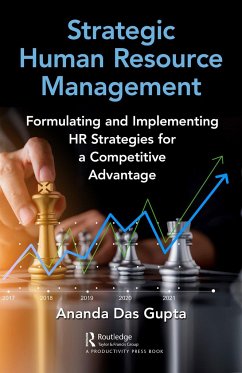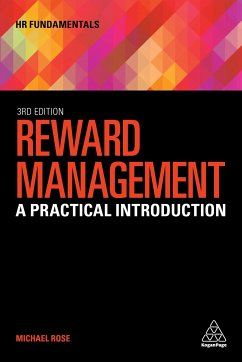
Armstrong's Handbook of Strategic Human Resource Management
Improve Business Performance Through Strategic People Management
Versandkostenfrei!
Versandfertig in 1-2 Wochen
170,99 €
inkl. MwSt.
Weitere Ausgaben:

PAYBACK Punkte
85 °P sammeln!
Armstrong's Handbook of Strategic Human Resource Management is a complete guide to understanding how and why organizations integrate HR strategies to achieve and sustain their competitive advantage. This fully revised, practical guide contains new chapters on the foundation of strategic HRM, employee wellbeing strategies and HR analytics, as well as real-world examples and updated wider content to reflect the latest research and thinking. Now in its eighth edition, this book includes practical insights and in-depth coverage of HRM strategies in key areas such as employee engagement, talent man...
Armstrong's Handbook of Strategic Human Resource Management is a complete guide to understanding how and why organizations integrate HR strategies to achieve and sustain their competitive advantage. This fully revised, practical guide contains new chapters on the foundation of strategic HRM, employee wellbeing strategies and HR analytics, as well as real-world examples and updated wider content to reflect the latest research and thinking. Now in its eighth edition, this book includes practical insights and in-depth coverage of HRM strategies in key areas such as employee engagement, talent management and learning and development, as well as strategic HRM approaches in an international context. It's supported by key learning points, key questions and real-life examples from organizations such as Boots, UNICEF and GKN. It remains an indispensable resource for both professionals and those studying HR qualifications, including undergraduate and masters' degrees and the CIPD's advanced level qualifications. Online resources include PowerPoint slides and comprehensive handbooks for lecturers and students which includes self-assessment questions, case study exercises and literature review.



